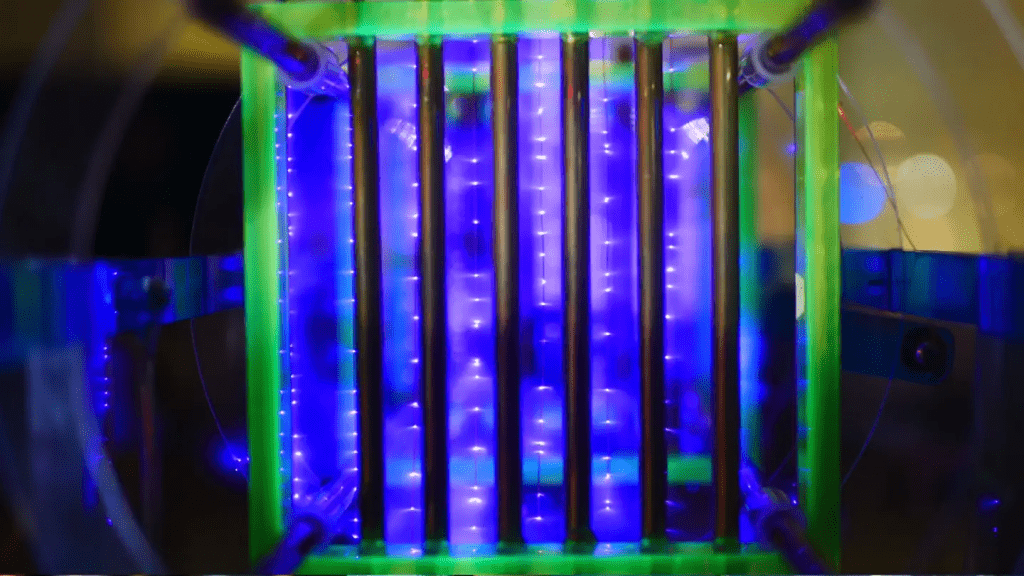It is rare to come across an ionic thruster these days. These high-voltage devices are quite intriguing, but they don’t really have a use for everyday life. Jay Bowles—the YouTuber behind the Plasma Channel—shows how they are becoming more popular and what they are capable of.
Ionic thrusters do not create the same thrust as a ducted fan or a jet engine but they have their strengths. The first is their simplicity. The ionic thruster Bowles built is basically just a bunch of wires supported by a frame. This is combined with some wires necessary to enable the extremely high voltages required to run the device. This simplicity makes it quite reliable.

These devices appear pretty cool in the dark. However, their thrust-to-weight ratio is quite poor. That’s fine on a satellite floating in the vacuum of space—the most common application for ionic thrusters—but not so good for something like an aircraft that has to endure wind resistance and gravity. Bowles’ device produces just 22 grams of thrust despite the thruster itself weighing around 490 grams.
He goes on to say that it can be made lighter as his initial rig is made of thick sections of acrylic. Even if the weight is reduced by half, the efficiency still wouldn’t be improved. A drone utilizing this technology would need to have a thrust-to-weight ratio better than 1:1.
Still, 22 grams of thrust is not something negligible. Earlier in 2018, MIT developed a working model plane powered by ionic thrust. It could only fly indoors and awfully slowly, but the concept of an aircraft with no moving parts is mesmerizing. If talented hobbyists like Bowles can get a reasonable level of results out of the technology, there’s no doubt researchers are making even greater strides.


